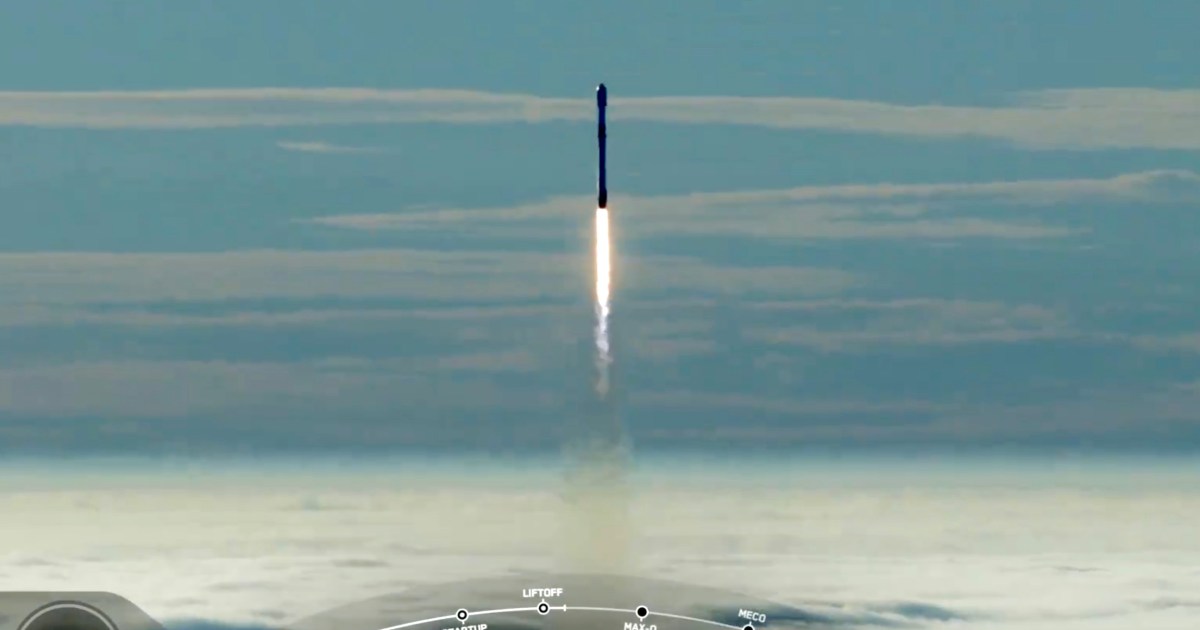
A SpaceX Falcon 9 first-stage booster launched and landed for a record-tying 22nd time on Sunday night.
The Falcon 9 lifted off from Space Launch Complex 4E (SLC-4E) at Vandenberg Space Force Base in California at just after 7 p.m. PT, carrying with it the Space Norway Arctic Satellite Broadband Mission (ASBM).
SpaceX live streamed the launch on social media:
Liftoff of ASBM! pic.twitter.com/S3vPmJqeUt
— SpaceX (@SpaceX) August 12, 2024
About eight minutes after liftoff, the first-stage booster made a perfect upright landing on the Of Course I Still Love You droneship stationed in the Pacific Ocean.
Falcon 9’s first stage lands on the Of Course I Still Love You droneship – completing this booster’s 22nd launch and landing! pic.twitter.com/nk4xwQnAMw
— SpaceX (@SpaceX) August 12, 2024
The booster, listed as B1061, will now be brought back to land, checked over, and refurbished in readiness for its 23rd flight.
The booster previously launched Crew-1, Crew-2, SXM-8, CRS-23, IXPE, Transporter-4, Transporter-5, Globalstar FM15, ISI EROS C-3, Korea 425, Maxar 1, and 10 Starlink missions. It’s tied with B1062, which launched and landed for the 22nd time in June.
Before Sunday’s mission, B1061’s most recent flight took place on June 8, deploying a batch of Starlink satellites, while its first launch took place in November 2020 when it sent SpaceX’s Crew-1 astronauts to the International Space Station in the Crew Dragon spacecraft’s first operational mission.
B1061 has another claim to fame for becoming the first booster to launch from all of SpaceX’s different launch sites and returning to all of its operational drone ships and landing zones (except the rarely used LZ-2 at Cape Canaveral in Florida).
SpaceX’s system of reusing its first-stage booster allows for faster turnaround, more frequent launches, and a reduction in launch costs, thereby opening up space access to more companies and organizations interested in deploying satellites in orbit.
One of the major achievements in developing the system was finding a way to perform an upright landing of the 41.2-meter-tall booster at the launch site or on a platform in the ocean, enabling easy recovery and refurbishment.
Services Marketplace – Listings, Bookings & Reviews
